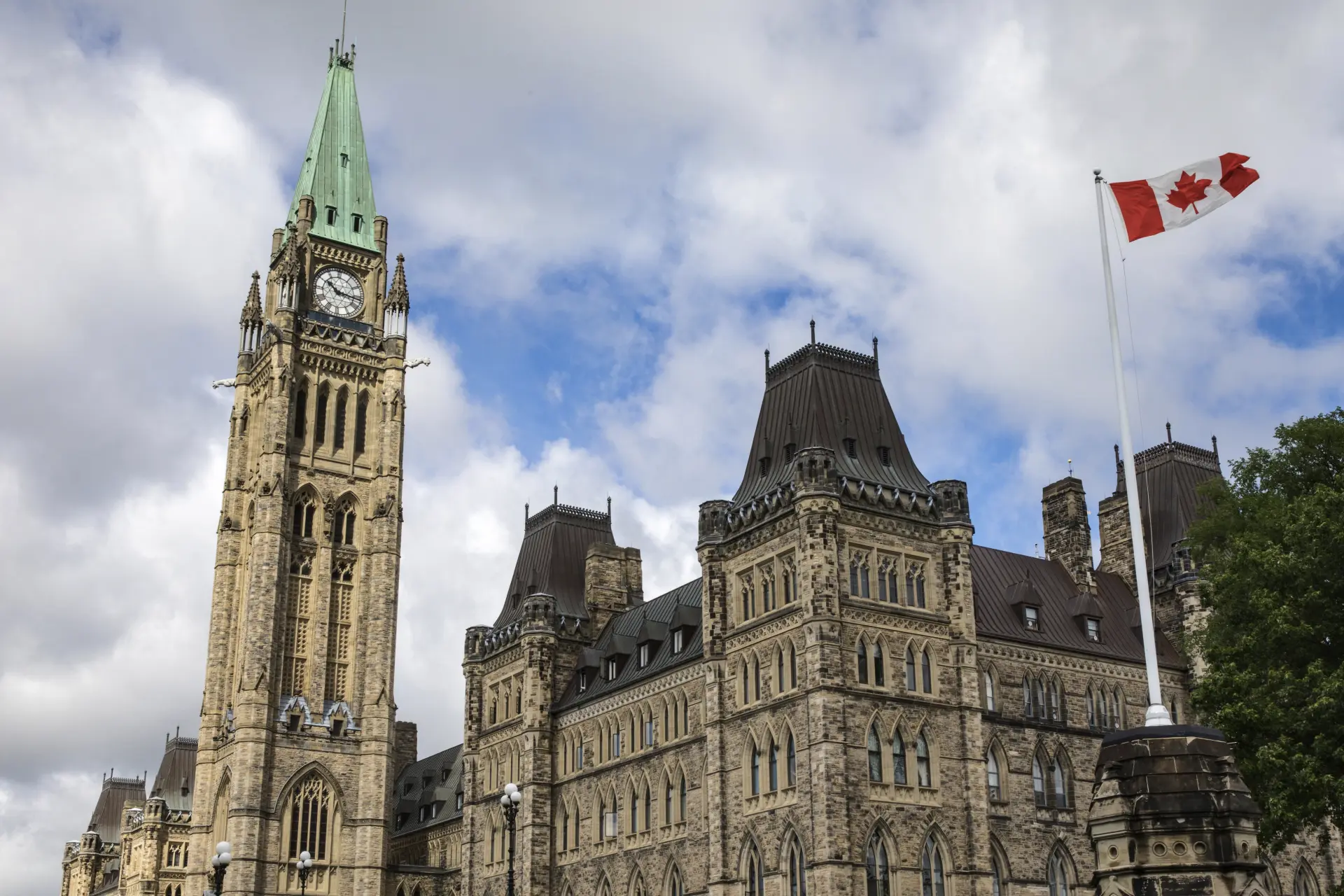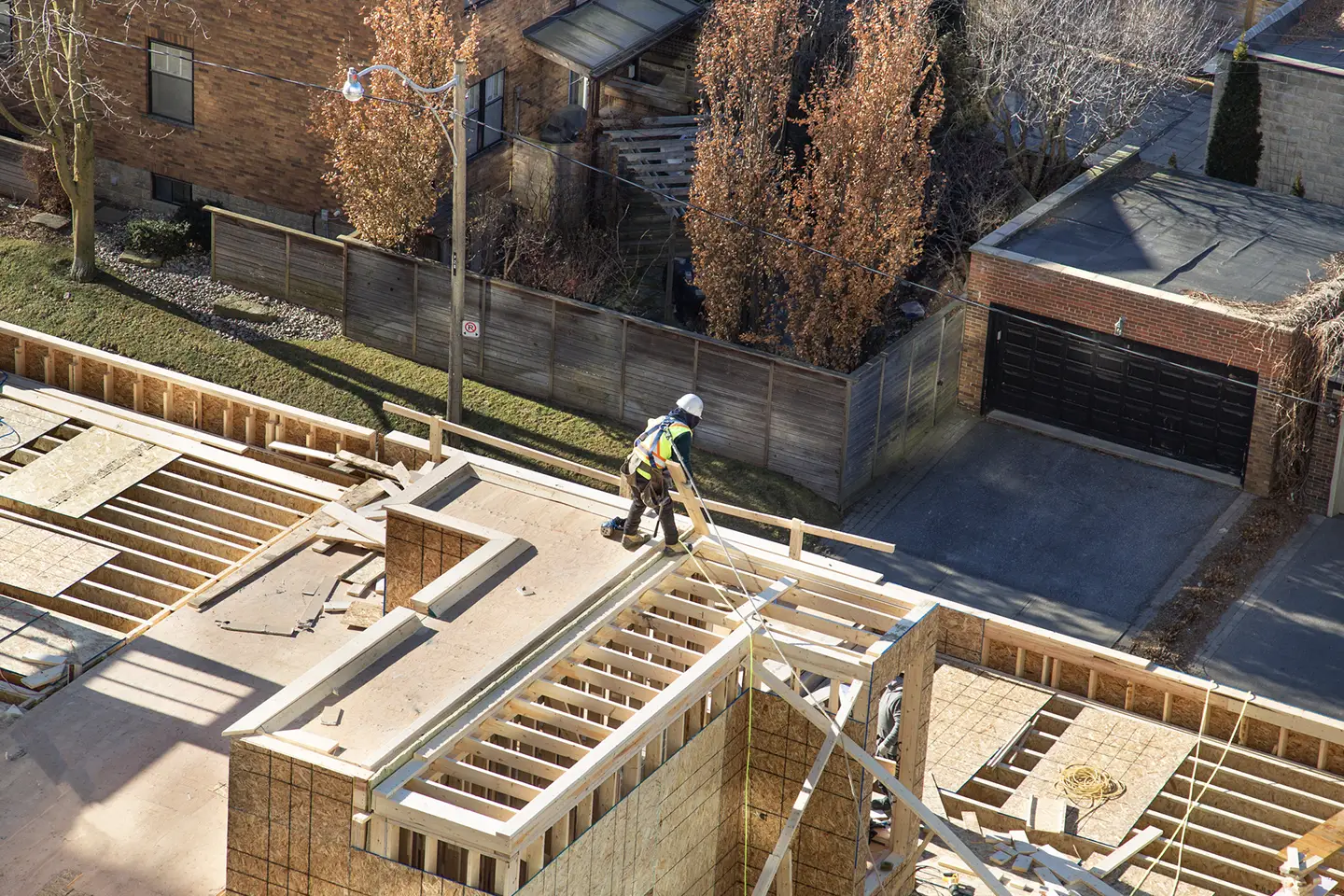Federal Throne Speech: Energy & Environment Addendum

In addition to our overview memo on the contents of today’s Speech from the Throne, the following note drills down on the details - and in part the lack thereof - related to climate action and green infrastructure economic stimulus.
The spike in COVID-19 cases over the past two weeks forced the Government of Canada to shift gears in the lead-up to the Speech, downscaling the focus on a green recovery in favour of a clear focus on fighting the pandemic and supporting people and businesses through this crisis.
Clearly, the government feels that Canadians are not ready to focus on a full strategy to ‘build back better’ amidst the rising second wave of COVID-19 cases. Interestingly, Abacus Data released a poll today showing that 45% of Canadians believe the worst is yet to come in terms of negative COVID-19 impacts. This percentage is actually higher than it was in May and June, reflecting a growing unease across Canada.
While the focus on green infrastructure was muted and somewhat vague in terms of concrete actions, and in fact aligned very closely to what was announced in the last Throne Speech delivered in late-2019, it must be noted that climate change did merit inclusion as one of the four priority pillars for the government moving forward. “Climate action will be a cornerstone of our plan to support and create a million jobs across the country,” the Speech states.
The specifics focused on mainstay technologies like energy efficiency, clean energy, clean technology companies and electric vehicles. Newer priorities like hydrogen and small modular nuclear reactors were not mentioned. In terms of the regulatory agenda, the ban of harmful single-use plastics was mentioned, as was a review of the Canadian Environmental Protection Act, while the Clean Fuel Standard was not.
Details
Key items featured as part of the building back better strategy included:
- GHG Emissions Reductions
The government pledged to immediately bring forward a plan to exceed Canada’s 2030 climate goal and will legislate Canada’s goal of net-zero emissions by 2050. As part of its plan, the government committed to:
- Creating thousands of jobs retrofitting homes and buildings, cutting energy costs for Canadian families and businesses;
- Investing in reducing the impact of climate-related disasters, like floods and wildfires, to make communities safer and more resilient;
- Helping deliver more transit and active transit options; and,
- Making zero-emission vehicles more affordable while investing in more charging stations across the country.
- Support for Clean Technology Companies
The government will launch a new fund to attract investments in making zero-emissions products and will cut the corporate tax rate in half for clean technology companies.
- Recommitment to a Clean Power Fund
The government recommitted to moving forward with the Clean Power Fund aimed at transforming how Canada powers its economy and communities. The Speech noted that the Fund will support investments in renewables and next-generation clean energy and technology solutions, while helping to realize projects like the Atlantic Loop which will connect surplus clean power to regions transitioning away from coal.
- Supporting the Manufacturing, Energy, Resource, and Farming Sectors
The Speech noted that Canada cannot reach net zero without the know-how of the energy sector, and the innovative ideas of all Canadians, including people in places like British Columbia, Alberta, Saskatchewan, and Newfoundland and Labrador. As such, the government committed to:
- Supporting manufacturing, natural resource, and energy sectors as they work to transform to meet a net zero future, creating good-paying and long-lasting jobs;
- And recognizing farmers, foresters, and ranchers as key partners in the fight against climate change, supporting their efforts to reduce emissions and build resilience.
- Carbon Tax
The government committed to continue its policy of pricing pollution, especially relevant this week amidst the Supreme Court of Canada’s hearing on the constitutionality of the federal carbon pricing backstop system.
- Nature & Environmental Protection
The government committed to a number of measures in the nature and environmental protection space, including:
- Expanding urban parks and working with municipalities to increase access to green space;
- Protecting a quarter of Canada’s land and a quarter of Canada’s oceans;
- Planting two billion trees;
- Banning harmful single-use plastics next year and ensuring more plastic is recycled;
- Modernizing the Canadian Environmental Protection Act; and,
- Creating a new Canada Water Agency.
Analysis
The Throne Speech read to us like a placeholder. It signaled that the government’s clean and green ambitions are alive and well but did little to move them forward. In the end, this Speech at this time was simply not the right vehicle by which to drive the climate agenda and fell short of representing the depth of the consultations that occurred throughout the summer and continue even now.
We do not believe that the Throne Speech reflects a shift in prioritization. For example, the government remains committed to launching both a hydrogen strategy and an SMR action plan this fall, representing a clear focus on two technologies not mentioned at all in the speech.
There will be plenty of opportunity in the weeks and months ahead for the government to fine-tune its approach and it is our recommendation that all interested stakeholders continue to work with officials to shape what a resilient recovery will look like. Refreshed Ministerial mandate letters, expected in the coming weeks, may provide a more comprehensive account of the work underway and the priorities going forward.
Also, the Governor General noted that the government will release an update to Canada’s COVID-19 Economic Response Plan outlining the Government’s economic and fiscal position, providing fiscal projections, and setting out new measures to implement the Throne Speech. In terms of funding for specific programs and projects, we are expecting a Fall Economic Statement (mini-Budget) before the end of 2020 and a full Budget in the spring. Interim clean energy announcements may be made on an ad-hoc basis.
The bottom line is that COVID-19 continues to inject significant uncertainty into the timeframes for a roll-out of green infrastructure stimulus. By staying close to the process as it evolves, stakeholders will best position themselves to partner with the government to deliver on its critical imperatives in the months ahead.
Next Steps
Following a summer of consultation, the Throne Speech represents a useful pivot point to government engagement. While high-level, and in this case a bit thin on details, a Throne Speech represents an agenda to which policy, program ideas and projects may be linked.
In the coming days, Sussex will work with clients to further analyze the Speech and strategize engagement for the days, weeks and months ahead.


